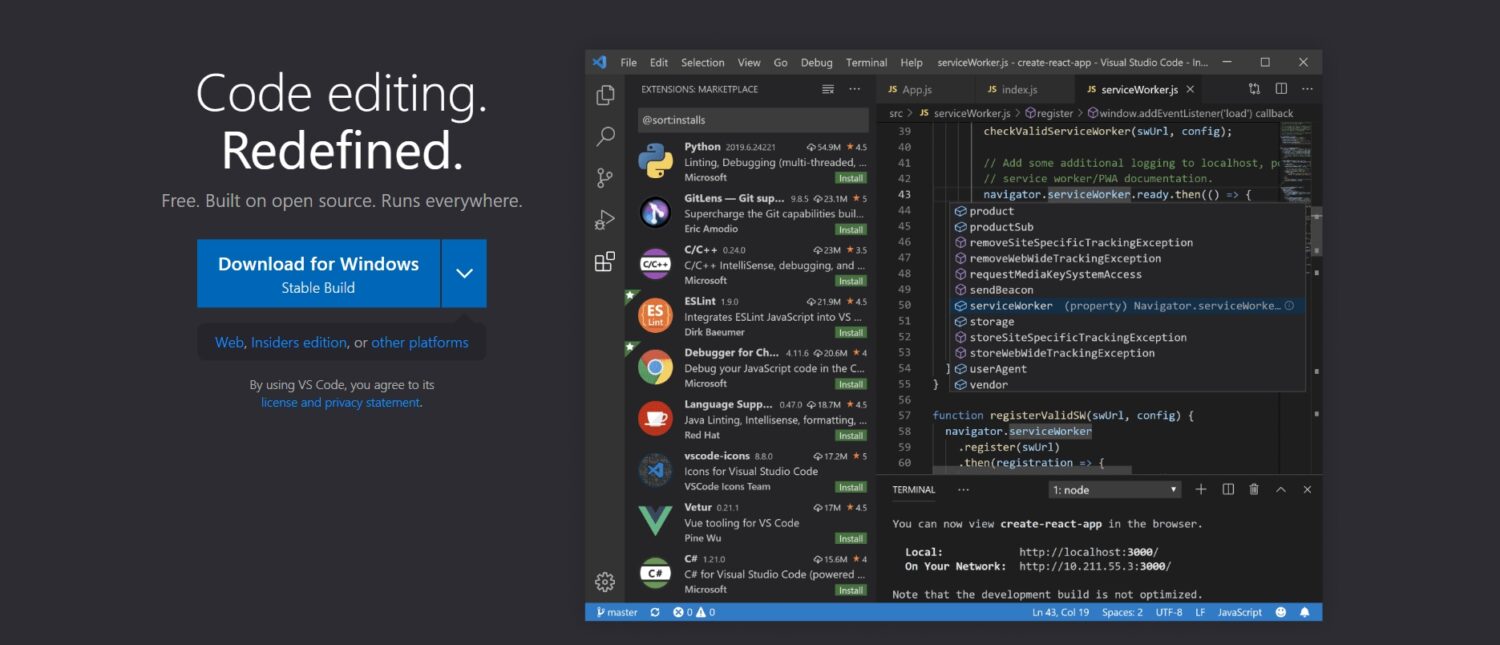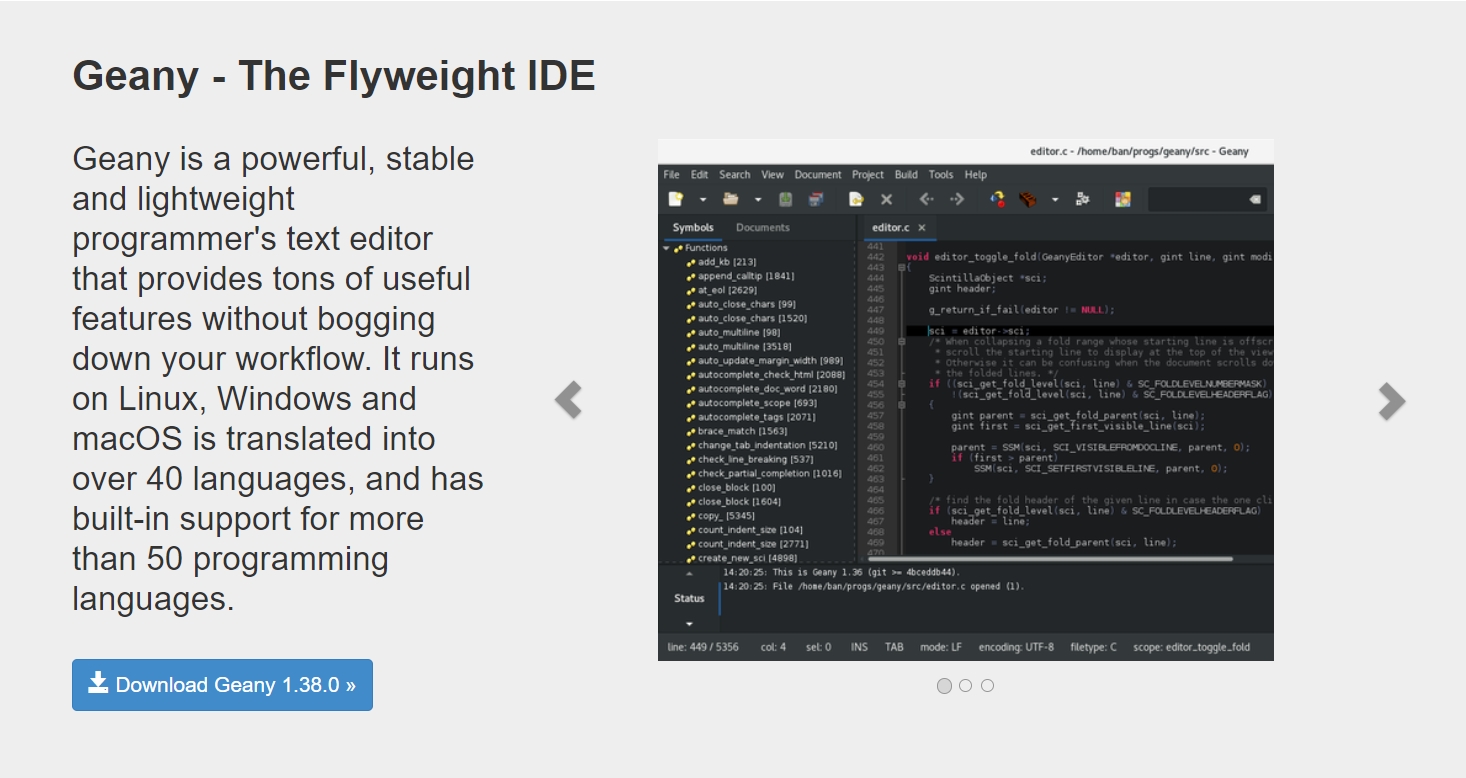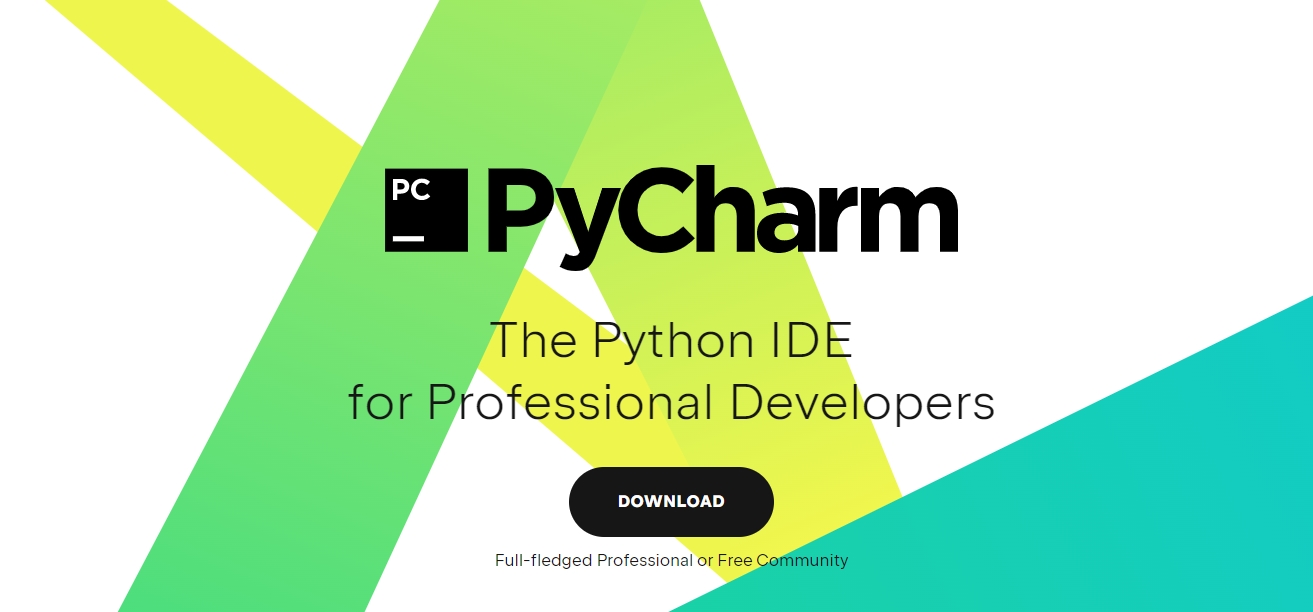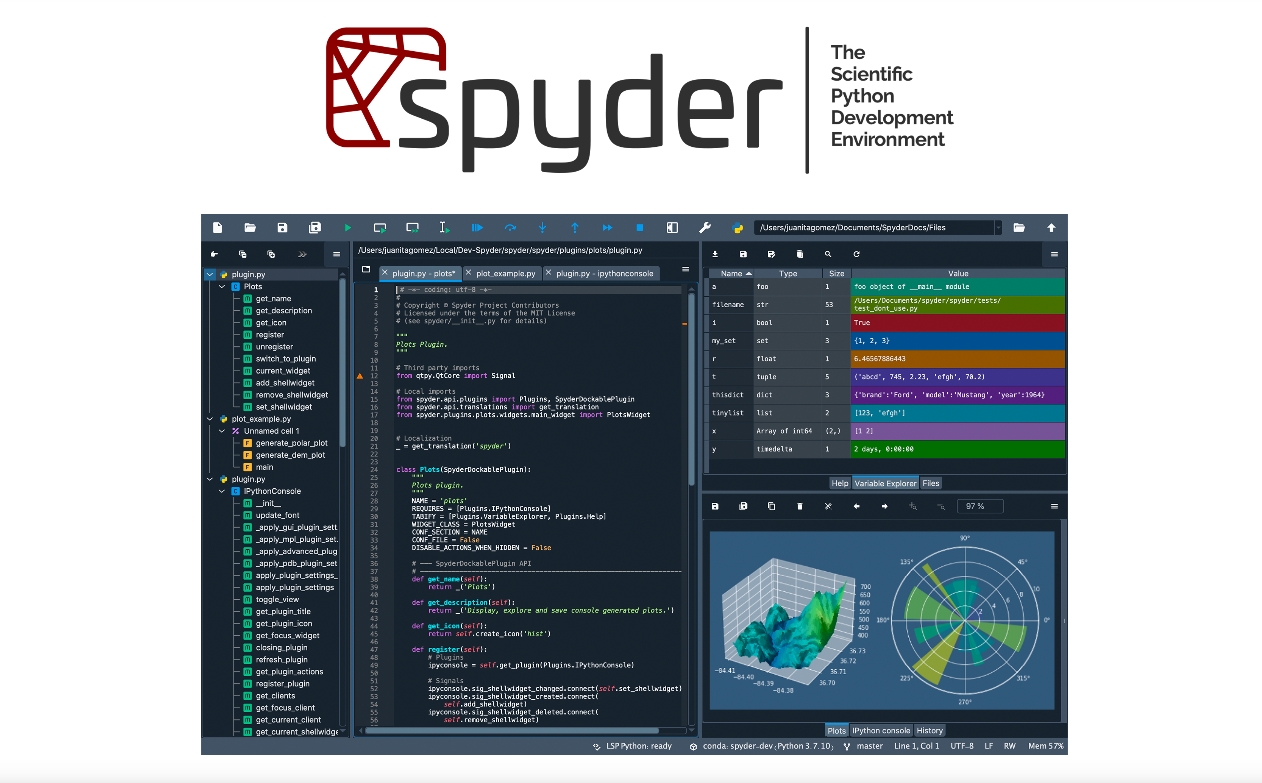Linux provides software developers the freedom and security they want to develop useful applications, and it offers more control to the developers.
The Linux Kernel is extremely popular and is used by the android operating system with a global market share of around 42%, which is more than any existing operating system.
Linux operating system is considered to be the most secure operating system. The main reason behind Linux’s security is that its open source.
Hundreds and thousands of developers worldwide can review the code and fix any existing vulnerabilities or back doors. There’s little room for security flaws because developers watch the code all the time!
Also, Linux has many distributions. You can think of Linux distributions as having the same core but with different skin and features. Some Linux distributions include Debian, Fedora, Ubuntu, Kali, Pop, and Parrot.
All these reasons make Linux the most favorable operating system for software developers!
What Is an IDE and Why to Use It?
An IDE (Integrated Development Environment) consists of various developer tools and combines various aspects of programming, such as code editing, debugging, production builds, code styling & lining, and much more.
It is meant to make the whole workflow of a developer much easier by providing features such as:
- Autocompletion of Code
- Syntax Highlighting
- Real-Time Error Detection
- Code Refactoring
By using an IDE, developers can get all the tools and utilities in one place. They don’t have to switch between different tools for compiling, editing, or building the code. It’s all included under a single GUI (Graphical User Interface)!
Here are some of the benefits of using an IDE:
- Faster developer environment setup
- No need to switch between different applications
- Extensible using plugins
- Efficient workflow
Code Editor Vs. IDE
A code editor is like a text editor but can provide features such as syntax highlighting. On the other hand, an IDE is a much more sophisticated all-in-one tool comprising a terminal, debugger, compiler, intelligent code analyzer, etc.
You can think of a code editor as a subset of an IDE. A code editor is lightweight with minimal features to improve the code-writing experience. In contrast, an IDE is a memory-intensive environment comprising various tools to improve overall developer workflow.
What to Look for When Choosing an IDE?
The most important thing to look out for when selecting an IDE is that it should match your requirements and support your required programming languages.
It should also support some useful plugins or extensions (if you want some more functionality) and ensure that it has an active community that helps receive regular updates and new exciting plugins or extensions.
With that being said, here are some of the best IDEs for Linux:
VS Code
Visual Studio Code is a code editor at the core, but it’s not only a code editor. With the help of various useful and exciting extensions, it becomes nothing less than a full-fledged IDE.
Enabling extensions in VS Code gives it unprecedented power. On top of that, it’s open-source software.

If you want support for a new language, enable new themes, provide linting for a specific language, get compiler tools, integrate git tools, add syntax highlighting, or style your code, there is an extension for almost everything in VS Code. You just need to find the right extension.
Here are some of the exciting features of VS Code:
- Intellisense – code snippets & suggestions
- Git integration
- Highly customizable
- Built-in debugger
Geany
Geany is a text editor and can also be used as an IDE. It’s a very lightweight IDE with useful features. It supports more than 50 programming languages, and there are also several plugins to use.

Some of its features are as follows:
- Number of supported filetypes
- Code snippets
- Syntax highlighting
- Plugins
- Code navigation
You might feel the UI of Geany is a bit outdated, but overall it’s a decent IDE.
Eclipse
If your primary programming language is Java, Eclipse might be the IDE you were looking for. It’s an IDE specifically built for Java developers. You can create servlets, manage .jsp files, and much more using eclipse. It’s also open source, so you get active community support.

Here are some features of eclipse IDE:
- Extensible
- Maven Support
- Web Tooling
IntelliJ IDEA
IntelliJ IDEA is an IDE offered by JetBrains. It’s an IDE primarily used for developing applications using Java or Kotlin.
It has quite an advanced code analysis tool that generates suggestions as you type your code. It also has a real-time collaboration feature which is useful if you are working on a project with a team.

Here are some features of IntelliJ IDEA:
- Real-time remote collaboration
- Intelligent editor
- Extensible
You can consider IntelliJ IDEA as the most modern and advanced Java IDE yet. However you can also use it to do web development in Javascript, but most programmers use it for Java development.
Apache NetBeans
Apache NetBeans is an IDE by Oracle, and it’s mainly used for Java development. It can be used for building desktop applications in Java. It is one of the oldest Java IDEs in existence. Being completely open source, it has active community support.
Its features are as follows:
- Code refactoring
- Syntax highlighting
- Cross-platform
- Modular architecture
Despite its powerful capabilities, you might feel the user interface could be updated or refreshed.
PyCharm
As the name suggests, PyCharm is an IDE by JetBrains, especially for Python developers. It offers a variety of tools related to Python development.
Frameworks such as Django, Flask & Pyramid work like a charm. Because Python is used in data science and analytics, PyCharm supports scientific packages such as NumPy and Matplotlib.

Its features are as follows:
- Fast & safe code refactoring
- Scientific tooling
- Plugin support
- Built-in database tools
Tasks like creating a virtual environment using Anaconda, connecting to a database, and accessing the command line can be easily done in PyCharm.
Spyder
Spyder is a unique IDE specifically made to cater to the needs of the scientific python developer community. It comes with an efficient editor, an IPython console, and a variable explorer to interact with variables and plot them along with traditional IDE tools such as debuggers and a terminal.

Its features are as follows:
- Advanced editing & analysis
- Data exploration
- Deep inspection
- Visualization capabilities
One of the exciting features of Spyder is the integration of Jupyter notebooks with Spyder. You can create, edit and save Jupyter notebooks inside Spyder using a plugin.
Author’s Note
Choosing an IDE is subjective because it depends solely on your requirements and goals. If your goal is to do web development, then in my opinion VS Code is the IDE/editor you should go for. I personally use it, and it’s great because it’s fast, efficient, and supported by an active community, and you can transform it the way you want with the help of extensions.
If you know that you want an IDE specifically for a particular programming language like Java, Python, or C++, then you should go with the IDEs provided by JetBrains. Those IDEs are modern and more advanced than others. They offer a community edition that you can use without any cost.
All of the above IDEs are cross-platform, so that you can use them on Linux, Windows, and MacOS.
If you are a beginner, these Linux Cheat Sheets can make you better at using Linux!



